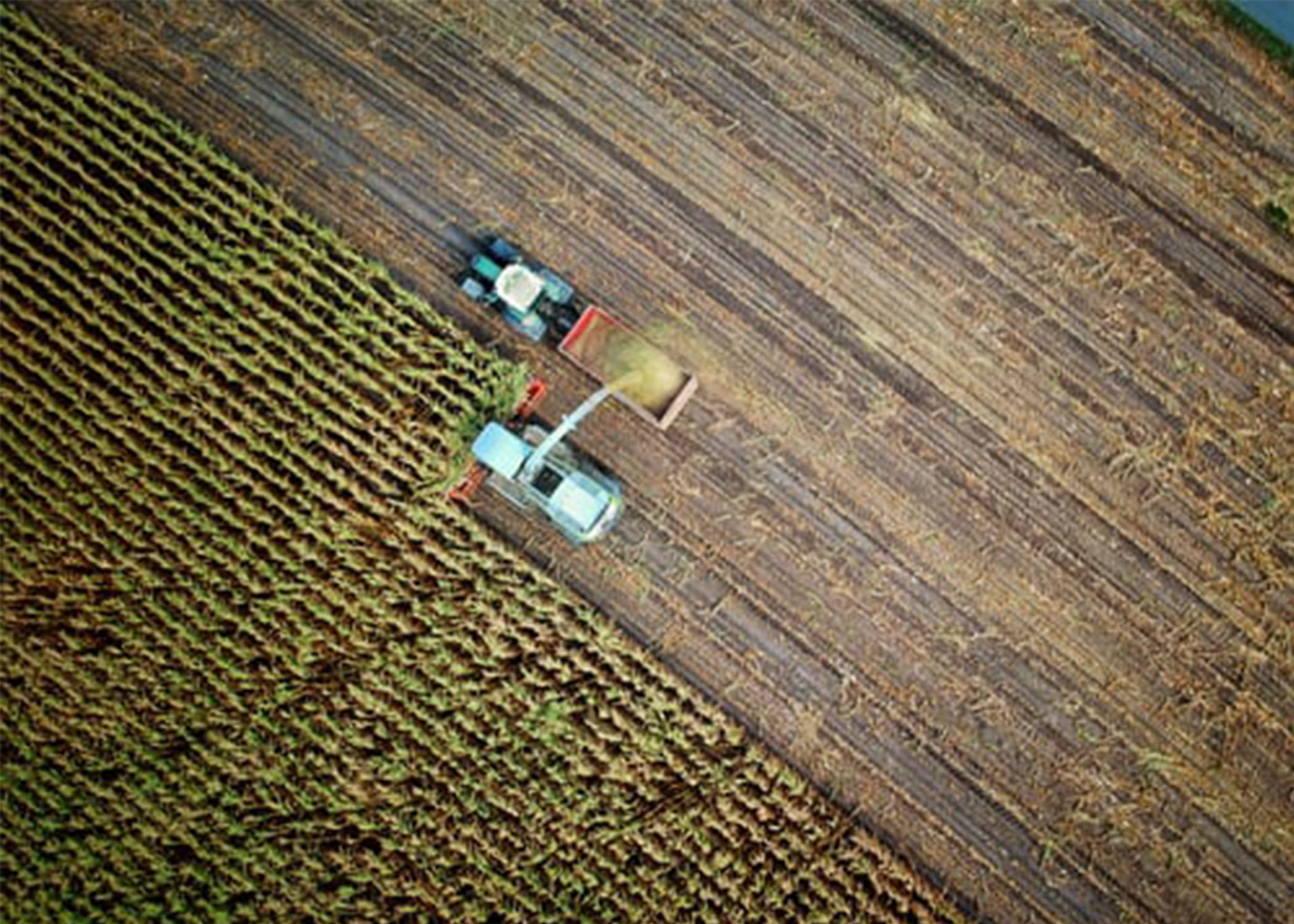NCEI uses data to develop scientific products and services that can also be valuable resources for industries affected by weather and climate conditions. Our data and access tools can be used in both public and private sectors throughout the U.S. economy to address specific challenges and use cases, and reduce risk and exposure to environmental hazards.
Sectors
Many organizations and businesses use NCEI’s environmental data to make informed decisions about their goods and services. A farmer may use our climate records to know when to plant crops; a retail chain may decide the exact time to add sweaters or rain gear to the shelves. The following case studies highlight specific products, use cases, and systems that rely on NCEI data to protect life and property, save money, and conserve natural resources.

Case Studies
- Reinsurance | Infographic
- Retail and Manufacturing | Infographic
- Drought and Livestock | Infographic
- Weather Service Providers | Infographic
- Fishing Forecast Services | Infographic
- Logistics and Shipping | Infographic
- Adapt-N for Agriculture | Infographic
- Aviation | Infographic
- Coral Reef Watch | Infographic
Resources for Heating, Refrigerating, and Air-Conditioning Engineers
Heating, refrigerating, and air-conditioning engineers rely on global weather and climate information to build sustainable, efficient systems, measure indoor air quality, and calibrate refrigeration needs. Engineers may find these resources helpful in their efforts to advance building standards and technologies.
Frost Protected Shallow Foundations
A frost protected shallow foundation (FPSF) is a practical alternative to deeper, more-costly foundations in cold regions with seasonal ground freezing and the potential for frost heave. An FPSF incorporates strategically placed insulation to raise the frost depth around a building.
Climate Monitoring Tools
NCEI's Climate Monitoring Services provide several tools that correlate with sector specific needs for energy, agriculture, and disaster relief.
Climate at a Glance
Climate at a Glance is an interactive tool that provides analysis of near real time precipitation and temperature data on global and national (U.S.) scales. It can be used to compare current conditions with the historical record, and is designed for climate variability and change research applications. Each spatial scale includes mapping, timeseries, ranking, and Haywood plotting applications, along with information about the project’s history and development.
Residential Energy Demand Temperature Index (REDTI)
The REDTI is based on population weighted heating and cooling degree days, and is a valuable tool for explaining year-to-year fluctuations in energy demand for residential heating and cooling. Residential energy consumption rises and falls in tandem with the increase and decrease of the number of heating and cooling degree days. Because of this strong correlation, seasonal changes in the REDTI can provide a good indication of the nation's fluctuating energy demands.
Crop Moisture Stress Index (CMSI)
The Moisture Stress Index for corn and soybean crops is a measure of the effects of drought and catastrophic wetness on national crop yield and is calculated through the use of a drought index (the Palmer Z Index) and annual average crop productivity values within each U.S. climate division.
U.S. Billion-Dollar Weather and Climate Disasters
Information and interactive tools on economic losses, deaths, and other impacts for U.S. weather and climate disasters where overall damages/costs reached or exceeded $1 billion.
NCEI hosts workshops and forums in conjunction with partners to help businesses and decision makers engage with climate data and information.













